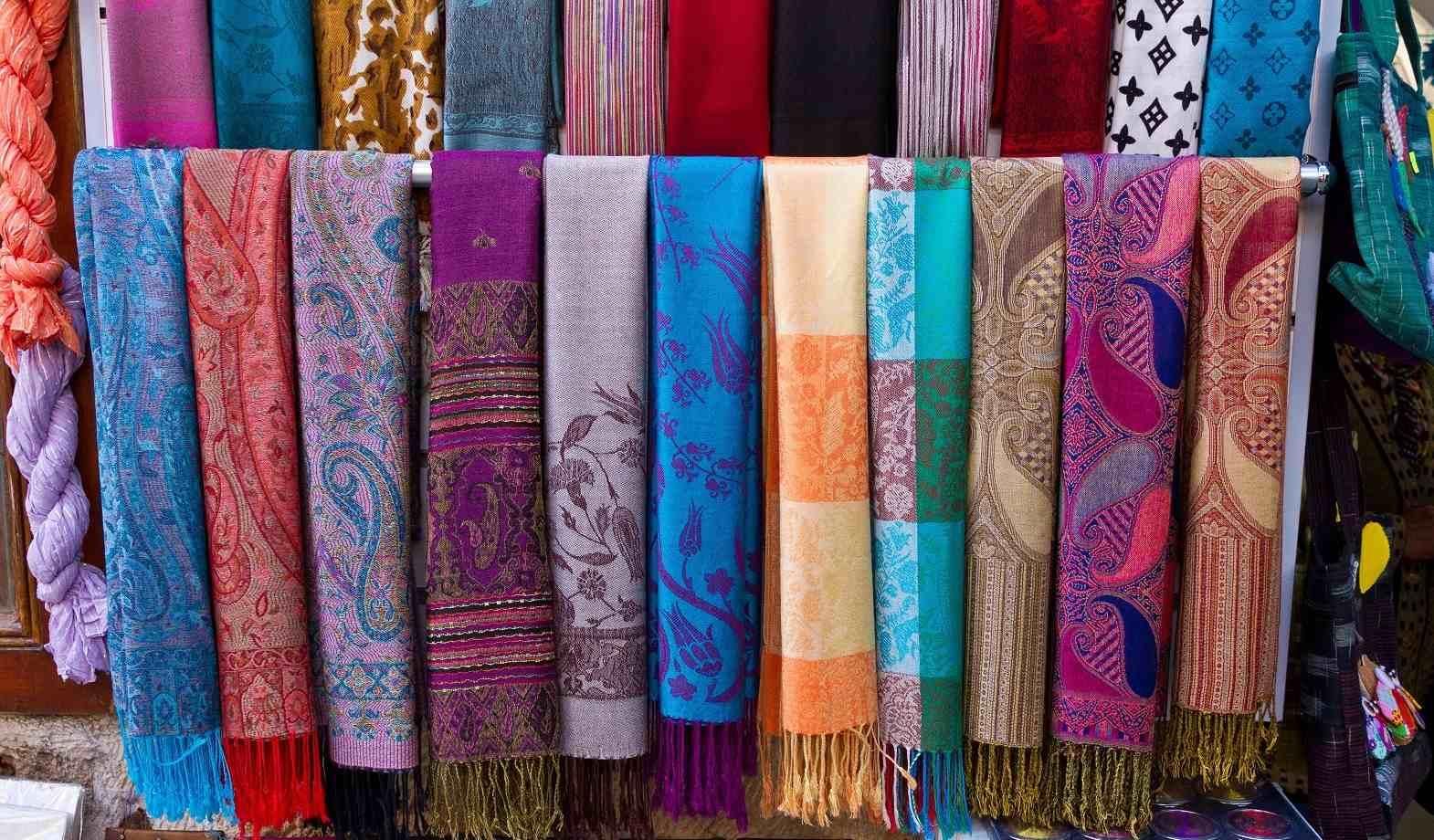In the rugged landscapes of Ladakh, amidst the towering Himalayas, lies a story of resilience and craftsmanship woven into the fabric and into the lives of people around it. At the heart of this tale is Pashmina, the soft wool of the indigenous Pashmina goat, and the intricate art of weaving it into exquisite shawls and fabrics. However, behind the allure of this luxurious textile lies a myriad of challenges faced by the Changpas, the nomadic pastoralists of the region. From economic hardships to environmental threats, the survival of this ancient tradition hangs in the balance.
Pashmina, derived from the Persian word for ‘made of wool’, embodies centuries of tradition and craftsmanship. Hand-woven from the fine wool of the Pashmina goat, it is celebrated for its unparalleled softness and warmth. Ladakh, with its harsh yet breathtaking terrain, has been the cradle of Pashmina production for generations. Here, the Changpas have perfected the art of goat rearing, sustaining their livelihoods amidst the unforgiving cold desert.
Despite its global renown, India’s share in the Pashmina market remains meagre compared to giants like China and Mongolia. Economic hardships, limited opportunities, and government neglect have compounded the challenges faced by the Changpas. Socioeconomic disparities, inadequate access to essential services, and corruption in the supply chain further exacerbate their plight. The demonetisation of currency in 2016 dealt a severe blow to the cashmere industry, pushing artisans into further financial uncertainty. As the winds of change sweep across Ladakh, the traditional pastoral way of life faces unprecedented threats. Climate-related factors, pasture degradation, and the delicate balance between livestock and resources loom large.
However, amidst these challenges lie opportunities for innovation and adaptation. Artificial glaciers, solar energy, and modern farming techniques offer glimpses of a more sustainable future for the region’s pastoral communities.
The preservation of Ladakh’s Pashmina heritage is not just a matter of economic viability; it is a testament to the resilience of its people and the richness of their cultural legacy. Government initiatives, fair profit distribution, and community-led conservation efforts are essential steps towards securing the future of the Pashmina industry. By addressing the root causes of socioeconomic disparities and environmental degradation, we can ensure a brighter tomorrow for Ladakh's nomadic pastoralists.
In the heart of Ladakh’s stark landscapes lies a tapestry of tradition and innovation, woven by generations past and present. The story of Pashmina is not just a tale of luxury and craftsmanship; it is a testament to the human spirit’s resilience in the face of adversity. As we navigate the challenges of the modern world, let us not forget the lessons of the past and the wisdom of those who came before us. By preserving Ladakh’s Pashmina heritage, we honour not just its people, but the timeless bond between culture, community, and the land.
While this article provides a comprehensive overview of the challenges and opportunities facing Ladakh’s Pashmina industry, it is not without its limitations. Further research and collaboration are needed to delve deeper into the socioeconomic and environmental factors shaping the region’s future. By fostering dialogue and engagement among stakeholders, we can chart a course towards a more sustainable and equitable future for Ladakh’s nomadic pastoralists and their invaluable cultural heritage.
Overall, Ladakh’s Pashmina industry stands at a crossroads, balancing tradition with innovation, and resilience with adaptation. By embracing the challenges and opportunities that lie ahead, we can ensure that this ancient craft continues to thrive for generations to come.








Comments